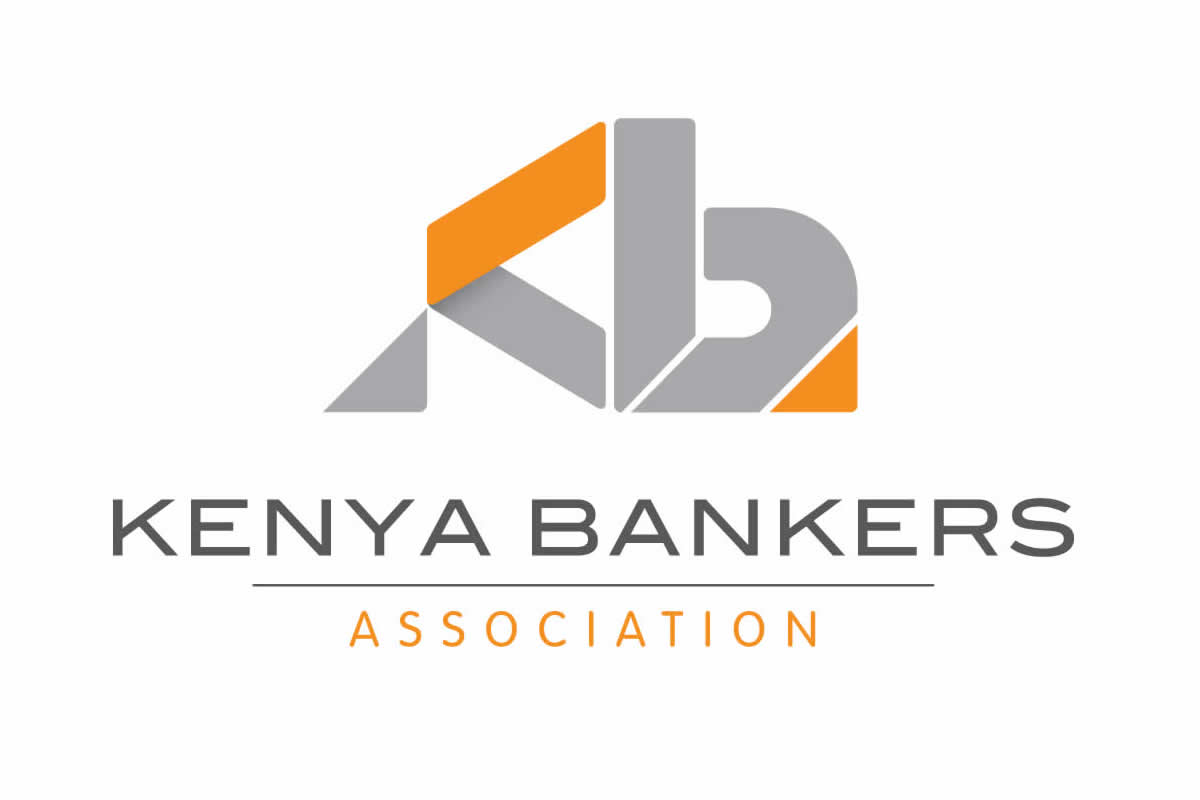- Growth In House Prices In Quarter 4 Of 2019 Scaled Down To -0.61 Percent From -2.28 Percent In The Previous Quarter.
- Apartments Retained Dominance But Recorded A Decline In Market Share From 85 Percent To 74 Percent.
Nairobi 3rd February 2020 – House prices maintained a downward trend in the fourth quarter of 2019, pointing to an overall softening of demand in the housing market. The decline has been driven by tight credit market conditions on the back of elevated non-performing loans in the real estate and construction sectors.
According to an analysis of price movements by the Kenya Bankers Association House Price Index (KBA-HPI), house prices decreased by 0.61 percent compared to the 2.28 percent decline that was reported in the previous quarter. In addition, the findings show that a rising distressed properties overhang continues to have a bearing on house prices, shaping market expectations and causing dealers to align by reducing their asking prices.
“This negative feedback loop has clouded the house market outlook and led to price rediscovery in favor of a downward correction,” said KBA Director of Research and Policy on Financial Markets Mr. Jared Osoro, observing a sustained five-year market correction albeit with modest price increases.
In the reviewed period, most homeowners’ preferences remained skewed to apartments. While apartments retained their market dominance, their market share came down from 85 in the previous quarter to 74 percent. Preference for maisonettes rose from 10 percent in the past quarter to 17 percent, with bungalows registering a preference rate of 9 percent.
Overall, homes with more bedrooms, bathrooms and plinth areas attracted higher prices. On the other hand, buyers preferred low-density buildings, with houses in Region 1 being priced higher than Region 2 and 3.
Note to Editors:
To better guide policy makers and investors on the trends in the housing sector, the banking industry’s umbrella body, the KBA, launched the KBA-HPI in February 2015. The Index has quickly been recognised as a credible analytical tool that is useful for tracking housing sector dynamics and price movements. The KBA-HPI follows the Laspeyers Index method where the index is computed by getting the ratio the estimated current quarter price from the hedonic method multiplied the weights of the preceding quarter to the price of the preceding quarter multiplied by the respective weights of that quarter. The weights of the quantitative variables are obtained by getting their respective mean values. For the dummy variables however, their weights are computed as the proportions of the number of houses possessing a certain attribute to the total number of houses.
The KBA-HPI regions are based on clustered price ranges across several counties as follows:
Region 1: Athi River, Mlolongo, Mavoko, Nakuru, Ngong, Ruaka, Syokimau, Embakasi, Kahawa Wendani, Thika, Mtwapa, Utange, Kitengela, Kiembeni, Nyeri, Likoni, Eldoret, Ruiru, Kilifi,Thika road (Kasarani, Roysambu, Ruaraka), Meru, Bungoma.
Region 2: Thindigua (Kiambu Road), Kiambu, South B, South C, Kabete, Komarock, Imara Daima, Membley, Buruburu, Rongai, Waiyaki Way (Uthiru, Regen, Kinoo, Kikuyu), Mbagathi road, Ngong Road, Langata.
Region 3: Kileleshwa, Kilimani, Lavington, Westlands, Spring Valley, Riverside, Milimani (Kisumu), Milimani (Nakuru), Runda, Karen, Garden Estate, Parklands, Ridgeways, Muthaiga, Loresho, Kitisuru, Adams Arcade, Nyali, Mountain View, Nyari.


